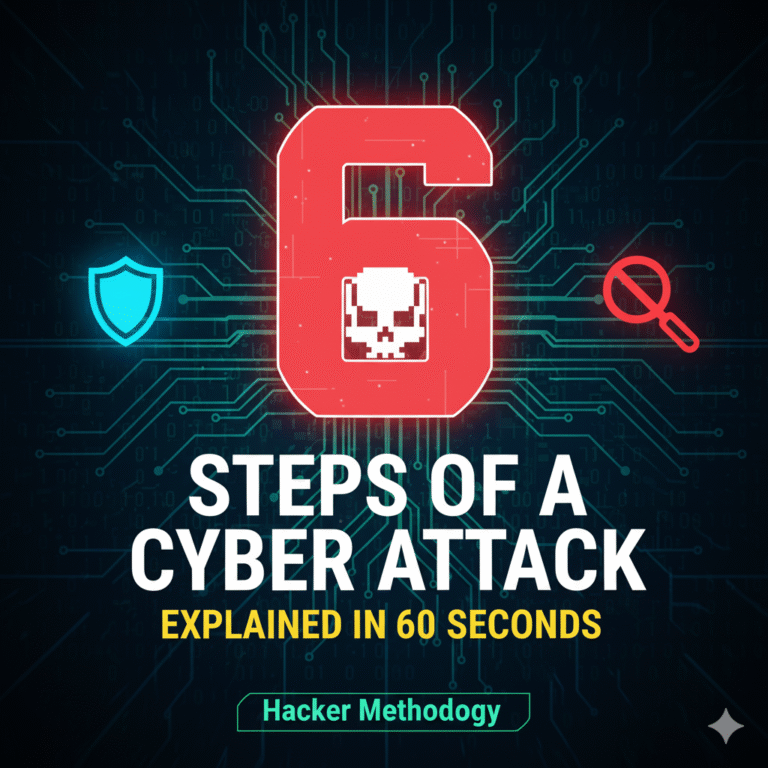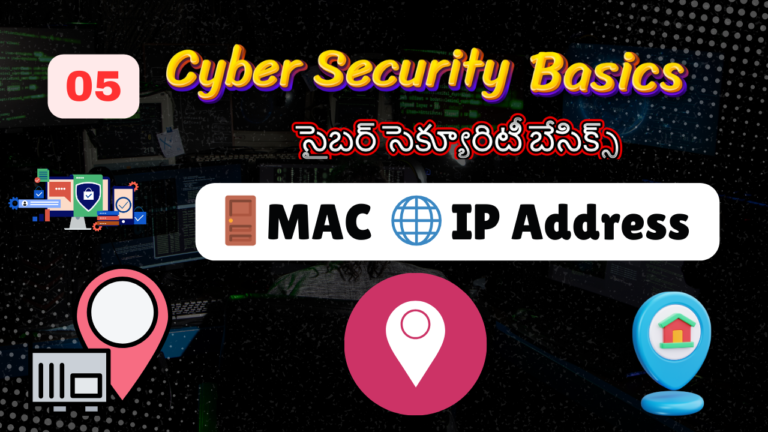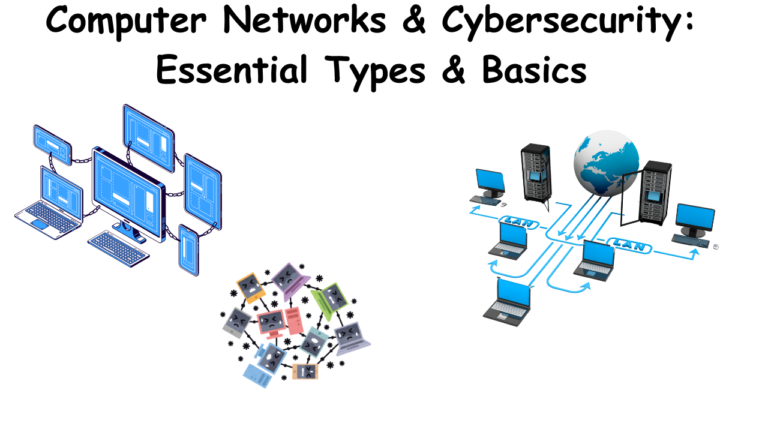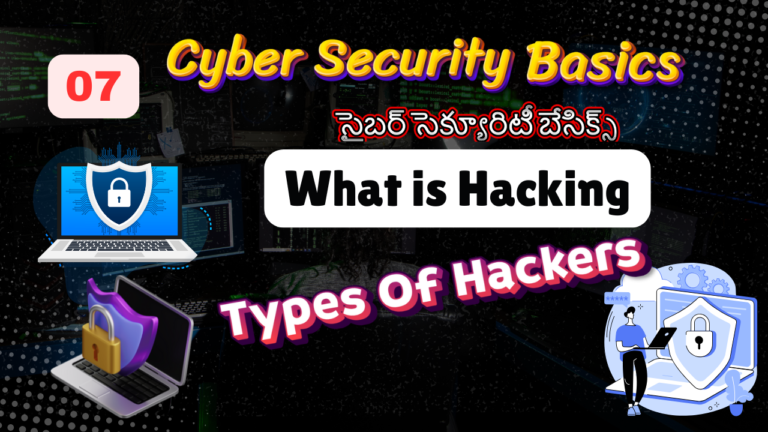Information Security vs. Cyber Security: Key Differences Explained + Cyber Security Basics
Information Security vs. Cyber Security
While often used interchangeably, Information Security (InfoSec) 🛡️ and Cyber Security 💻 are distinct disciplines with overlapping goals. Both aim to protect data, but their scope, focus, and methods differ. Let’s break down their differences and explore Cyber Security basics to help you safeguard your organization.
1. What is Information Security (InfoSec)? 📂🔒
- Definition: Information Security focuses on protecting all forms of data (digital, physical, or analog) from unauthorized access, disclosure, alteration, or destruction.
- Scope: Covers data in any format: paper documents, databases, cloud storage, etc.
- Prioritizes the CIA triad:
- Confidentiality 🤫: Ensuring only authorized users access data.
- Integrity ✅: Maintaining accuracy and trustworthiness of data.
- Availability ⏰: Ensuring data is accessible when needed.
- Examples:
- Encrypting sensitive employee records. 🔐
- Shredding physical documents to prevent dumpster diving. 📄✂️
- Implementing access controls for a filing cabinet. 🔑
2. What is Cyber Security? 🌐🔒
- Definition: Cyber Security is a subset of InfoSec that specifically protects digital systems, networks, and data from cyberattacks.
- Scope: Focuses on defending against online threats: malware 🦠, phishing 🎣, ransomware 🔒, etc.
- Secures digital infrastructure: servers 🖥️, endpoints 📱, IoT devices 💡, and cloud platforms ☁️.
- Examples:
- Deploying firewalls 🧱 to block unauthorized network access.
- Training employees to spot phishing emails. 📧⚠️
- Using antivirus software 🧹 to detect and remove malware.
3. Key Differences 📊
| Aspect | Information Security (InfoSec) 📂 | Cyber Security 💻 |
|---|---|---|
| Scope | All data types (physical + digital) | Digital systems and data only |
| Focus | CIA triad (Confidentiality, Integrity, Availability) | Preventing cyberattacks (e.g., hacking 🕵️, malware 🦠) |
| Threats Addressed | Physical theft 💰, insider threats 👥, data leaks 📄 | Phishing 🎣, ransomware 🔒, DDoS attacks 🌐💥 |
| Tools & Practices | Access controls 🔑, encryption 🔐, policy enforcement 📜 | Firewalls 🧱, penetration testing 🕵️♂️, SIEM 📊 |
Export to Sheets
4. Why the Confusion? 🤔
- Overlap: Cyber Security falls under the broader umbrella of InfoSec. ☂️
- Digital Shift: As most data is now stored digitally, the terms are often conflated. 💻➡️📂
5. Cyber Security Basics 🛡️
To stay safe in a digital world:
- Use Multi-Factor Authentication (MFA) 🔑📱 for critical accounts.
- Update Software Regularly 🛠️ to patch vulnerabilities.
- Backup Data 💾 to recover from ransomware attacks.
- Train Employees 🧑🏫 to recognize social engineering tactics.
- Monitor Networks 🌐 with tools like SIEM 📊 and IDS/IPS 🚨.
6. Real-World Scenario 🏥
- InfoSec Example: A hospital encrypts patient records (digital 🔐) and restricts access to physical files (paper 📄) to comply with HIPAA.
- Cyber Security Example: The same hospital deploys an intrusion detection system (IDS) 🚨 to block hackers attempting to breach its patient database.
Conclusion 🎯
Information Security 📂 is the overarching strategy to protect all data, while Cyber Security 💻 is the tactical defense against digital threats. Organizations need both to ensure comprehensive protection. By understanding their roles and implementing Cyber Security basics, you can build a resilient defense against evolving risks.
Types of Information Security: An Overview
Information security can be broadly categorized into several key types, each focusing on a different aspect of protecting data. Here’s a brief overview:
1. Data Security 🔒:
- Focus: Protecting data itself, whether at rest, in transit, or in use.
- Methods: Encryption, access control, data masking, data loss prevention (DLP).
- Goal: Ensure confidentiality, integrity, and availability of data.
2. Network Security 🌐:
- Focus: Protecting the network infrastructure from unauthorized access, attacks, and disruptions.
- Methods: Firewalls, intrusion detection/prevention systems (IDS/IPS), VPNs, network segmentation.
- Goal: Secure network perimeters and internal traffic.
3. Application Security 📱💻:
- Focus: Protecting software applications from vulnerabilities and attacks.
- Methods: Secure coding practices, penetration testing, vulnerability scanning, input validation.
- Goal: Prevent exploitation of application flaws.
4. Cloud Security ☁️:
- Focus: Protecting data and infrastructure in cloud computing environments.
- Methods: Access management, encryption, cloud workload protection, compliance audits.
- Goal: Secure cloud-based resources and data.
5. Endpoint Security 🖥️📱:
- Focus: Protecting individual devices (laptops, smartphones, etc.) from threats.
- Methods: Antivirus/anti-malware, endpoint detection and response (EDR), device encryption.
- Goal: Secure devices that access organizational data.
6. Identity and Access Management (IAM) 👤🔑:
- Focus: Controlling and managing user access to systems and data.
- Methods: Authentication, authorization, multi-factor authentication (MFA), role-based access control (RBAC).
- Goal: Ensure only authorized users access appropriate resources.
7. Physical Security 🚪🔒:
- Focus: Protecting physical assets and infrastructure from unauthorized access or damage.
- Methods: Access control systems, surveillance cameras, alarms, security personnel.
- Goal: Prevent physical breaches and protect hardware.
8. Operational Security (OpSec) ⚙️:
- Focus: Protecting sensitive information about organizational operations and activities.
- Methods: Risk assessments, policy enforcement, awareness training, incident response.
- Goal: Prevent information leaks and maintain operational integrity.
9. Incident Response 🚨🛠️:
- Focus: Planning for and responding to security incidents and breaches.
- Methods: Incident detection, containment, eradication, recovery, post-incident analysis.
- Goal: Minimize the impact of security incidents and restore normal operations.
These categories often overlap and work together to create a comprehensive information security strategy.




